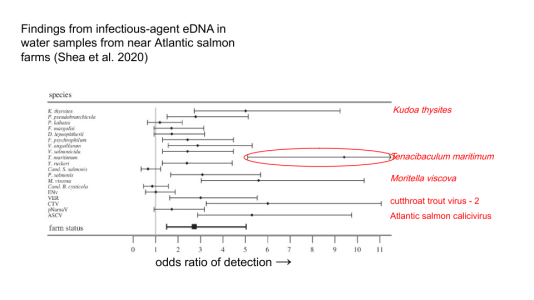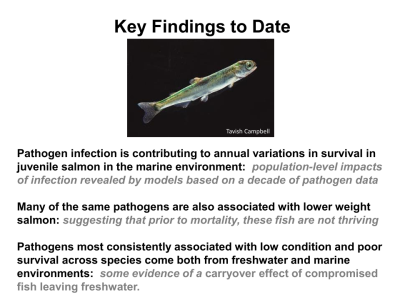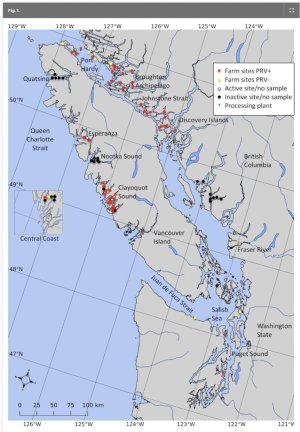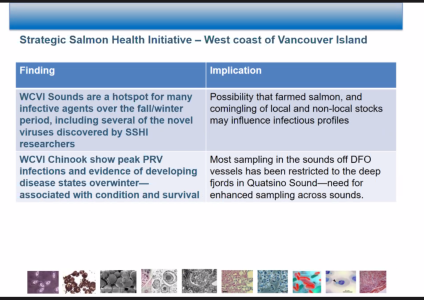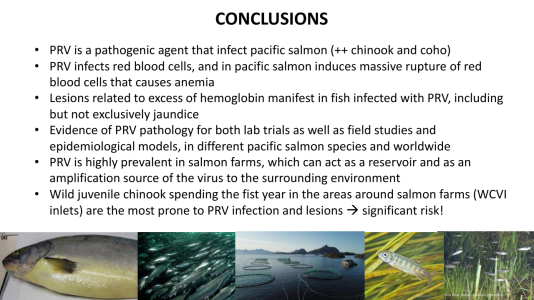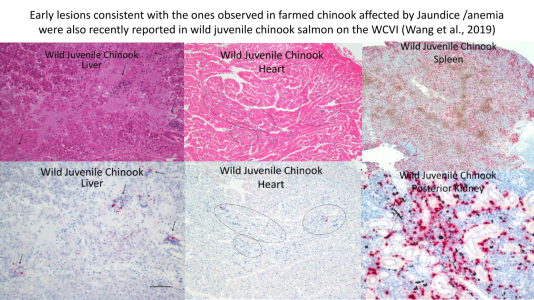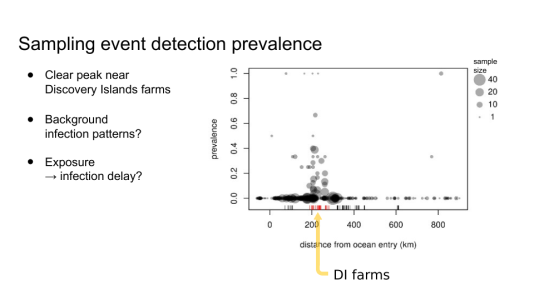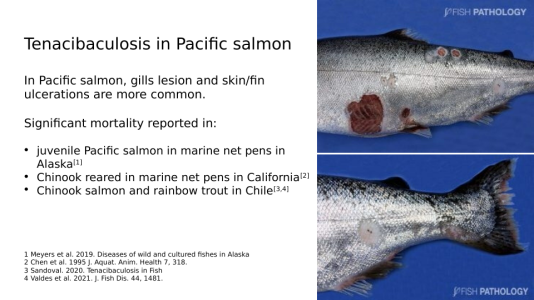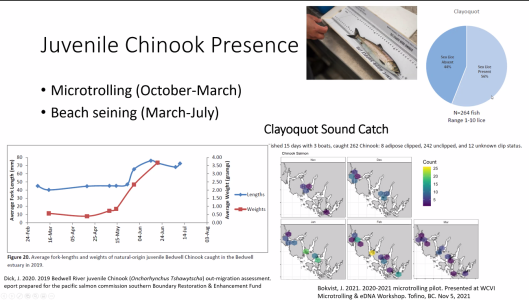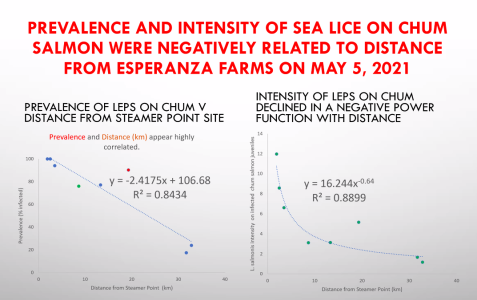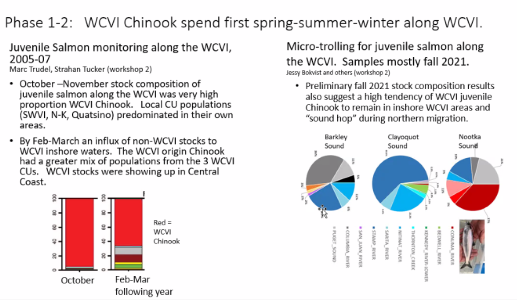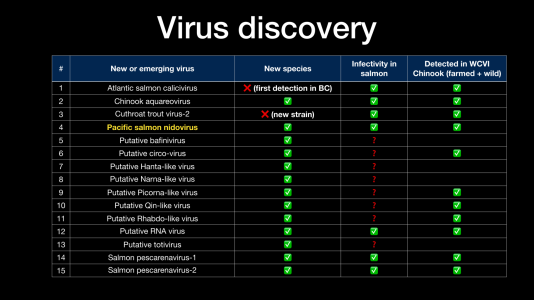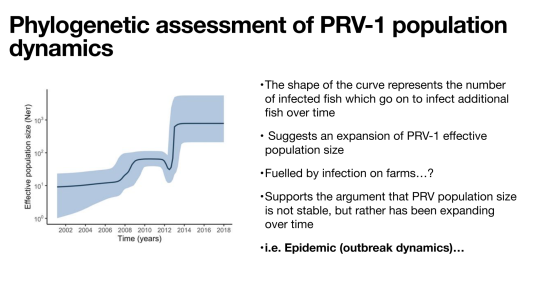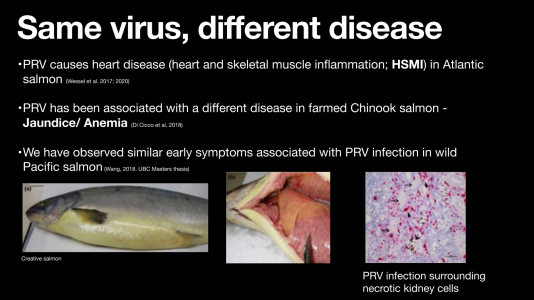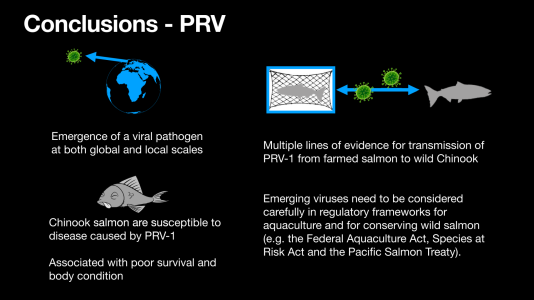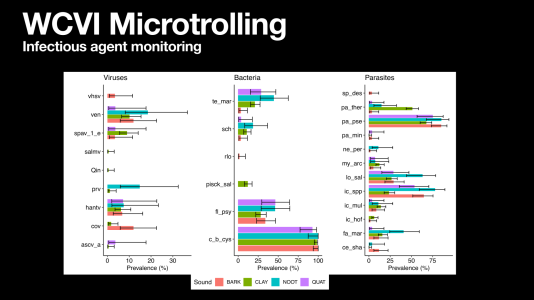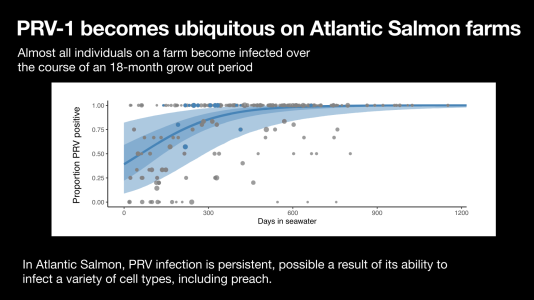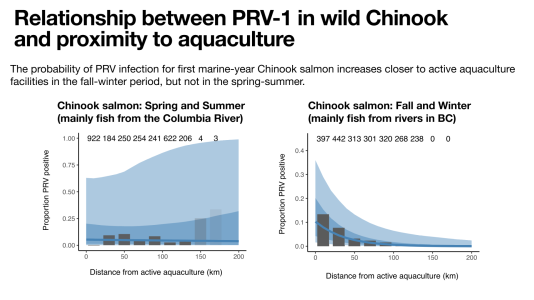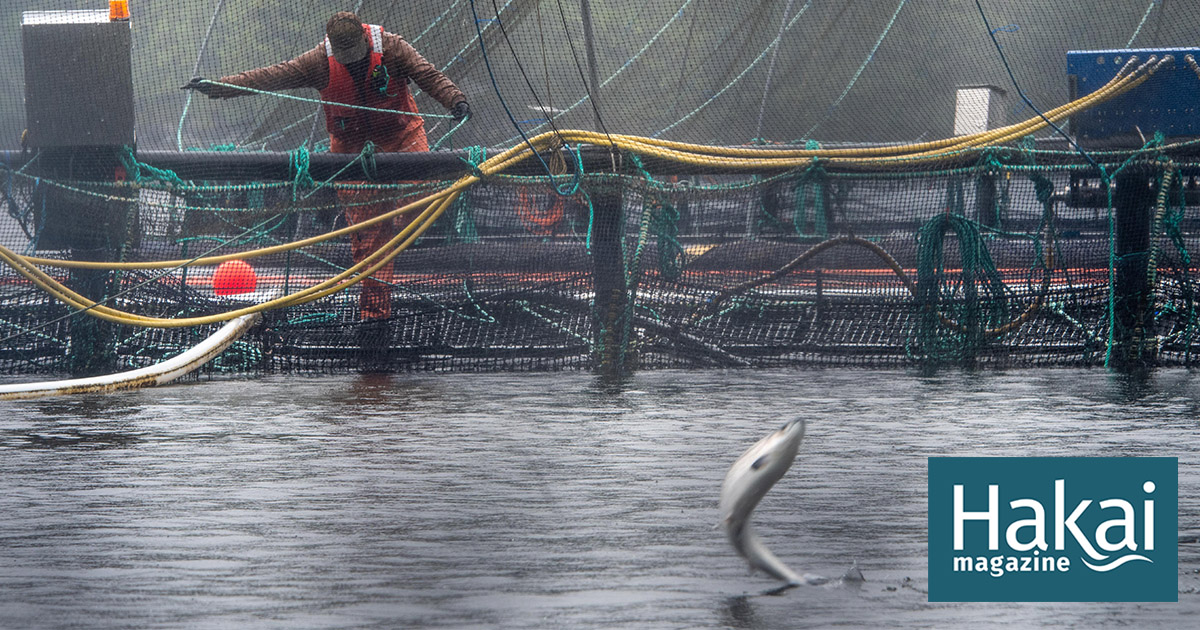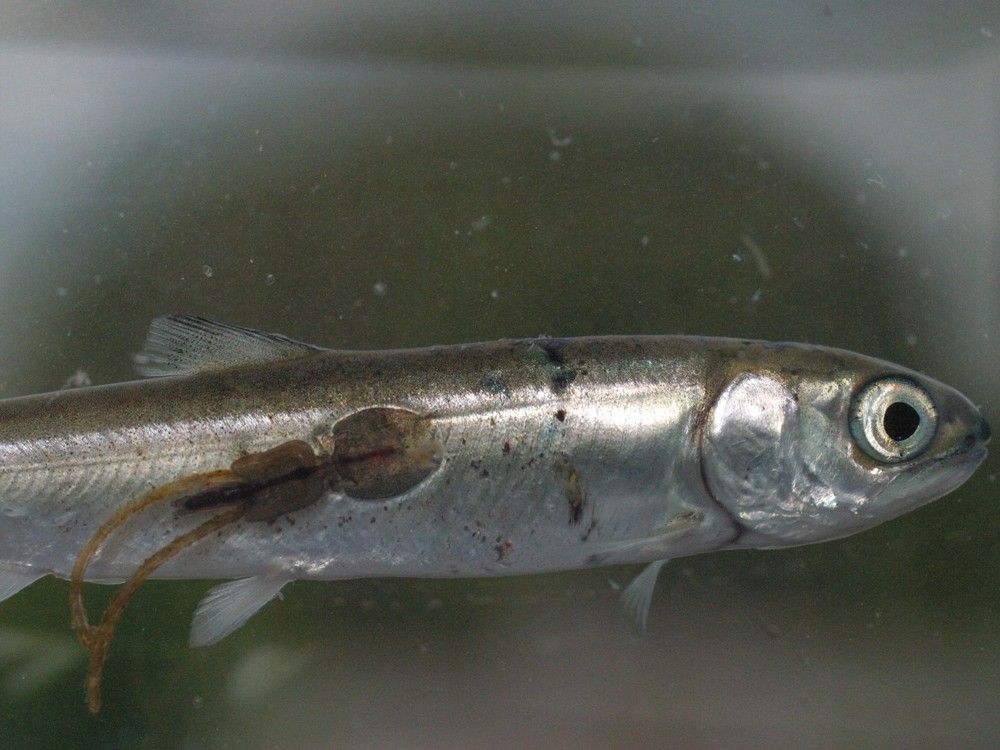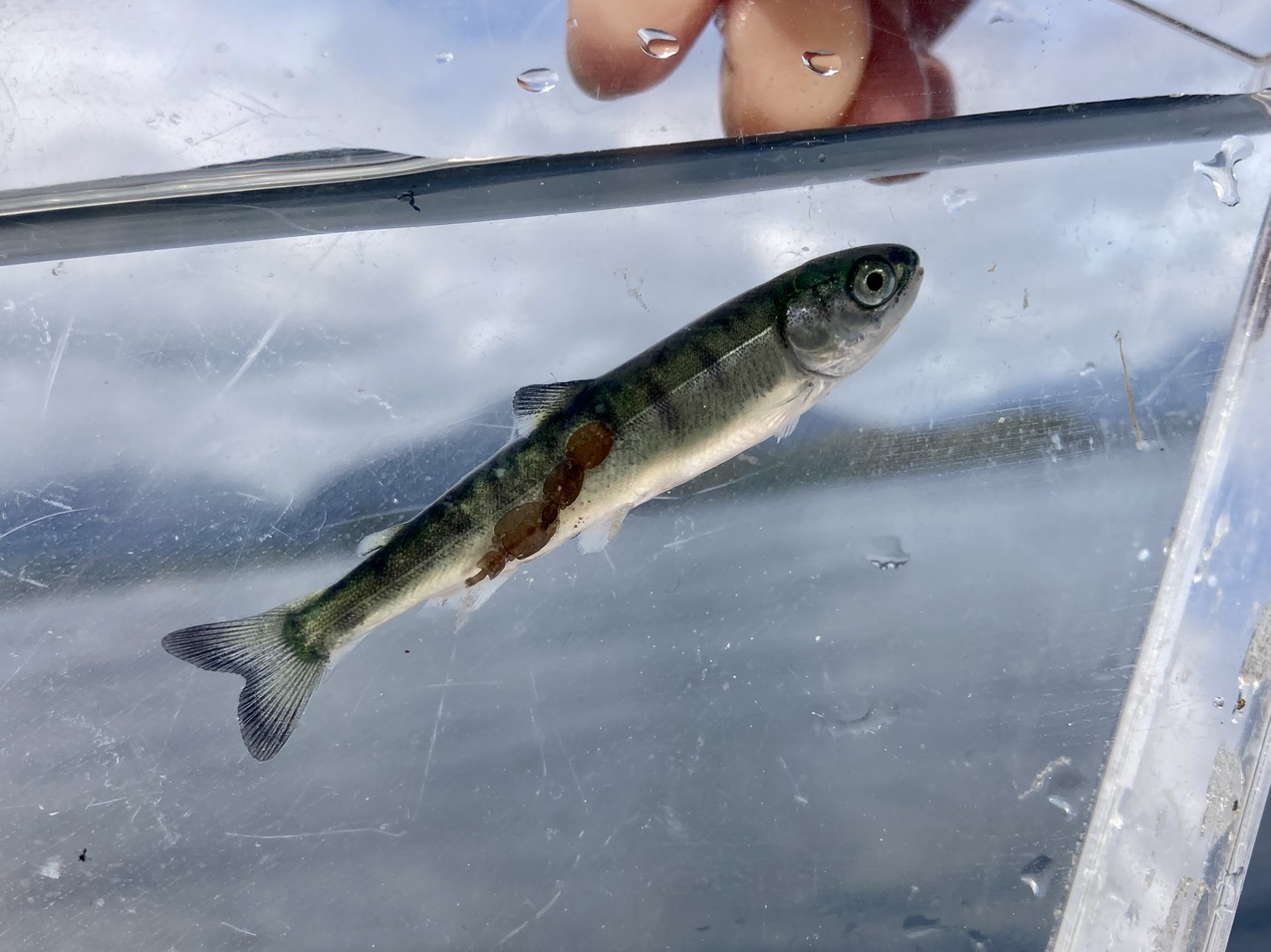Drewski Canuck
Active Member
Are there many U S Boats up at Nootka this year? The US Pacific Salmon Council closed commercial and most recreational salmon fishing from northern Oregon to California because of the forecast poor returns for 2023.
Closures and poor fishing usually sees US fishermen in mass in Nootka and surrounding areas.
Trouble is, other than hatchery returns, West Coast Vancouver Island is not looking promising, as is Prince Rupert area.
Who knew that fish farmed Atlantic Salmon carry a virus that kills Pacific Salmon?
Well, the Canadian Government did since 2012, and when Justin Trudeau commenced his wrath in 2015 he also sealed the DFO Research.
Lets hope that some time in the future we will see the return to the fishing we enjoyed at Nootka in the mid 1990's.
It is going to be another low water year for the West Coast streams like the Canuma and Gold, and it is not a great forecast return for the hatchery fish this year either.
Weather we cannot really control, but the fish farms in Nootka really have to go.
Drewski
Closures and poor fishing usually sees US fishermen in mass in Nootka and surrounding areas.
Trouble is, other than hatchery returns, West Coast Vancouver Island is not looking promising, as is Prince Rupert area.
Who knew that fish farmed Atlantic Salmon carry a virus that kills Pacific Salmon?
Well, the Canadian Government did since 2012, and when Justin Trudeau commenced his wrath in 2015 he also sealed the DFO Research.
Lets hope that some time in the future we will see the return to the fishing we enjoyed at Nootka in the mid 1990's.
It is going to be another low water year for the West Coast streams like the Canuma and Gold, and it is not a great forecast return for the hatchery fish this year either.
Weather we cannot really control, but the fish farms in Nootka really have to go.
Drewski

